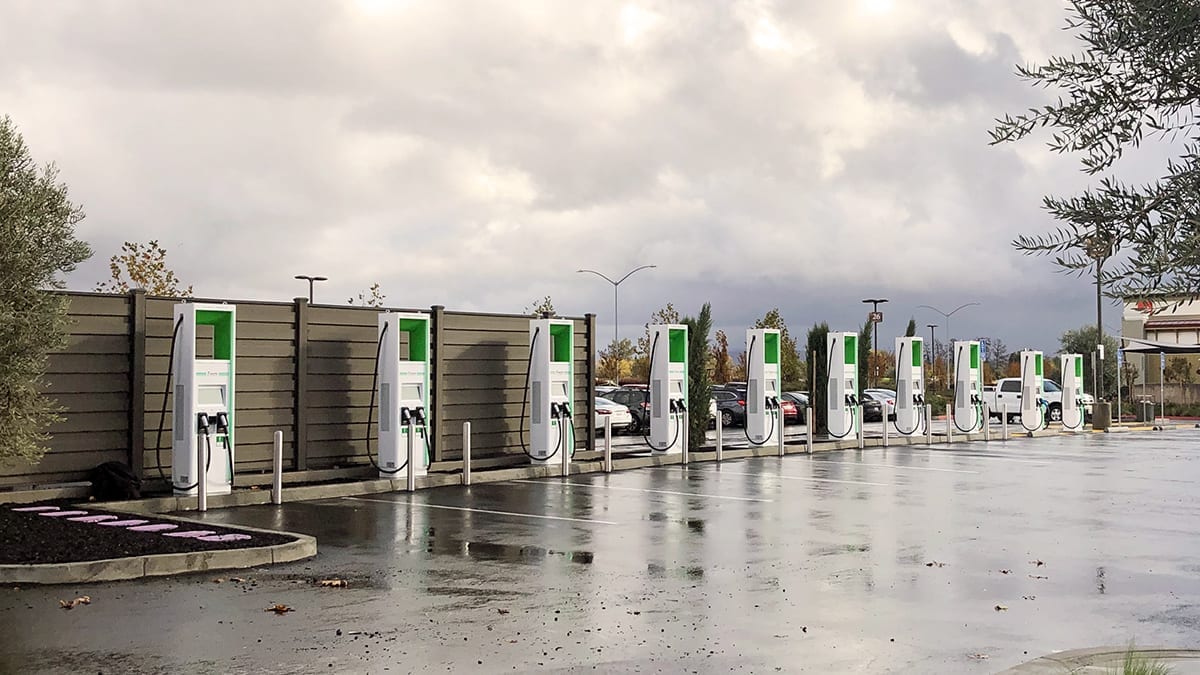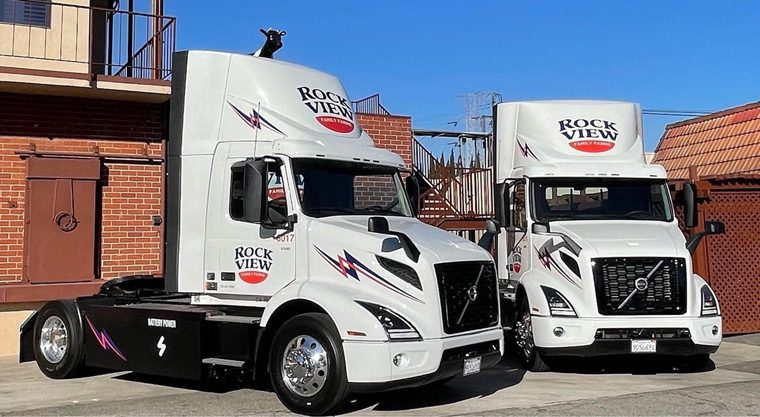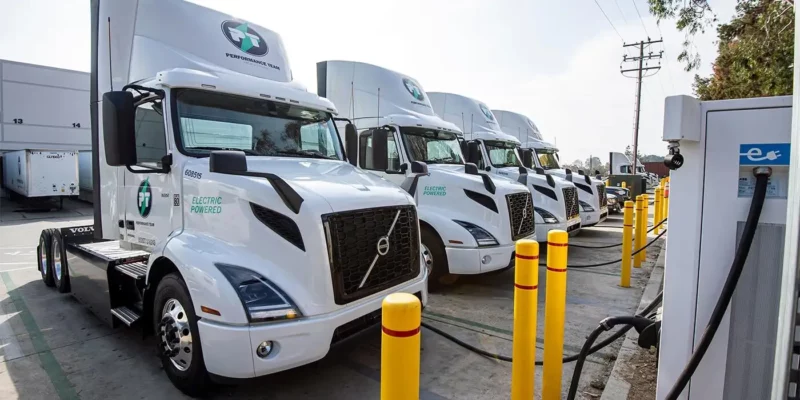News & Media

Top Tips for Fleet Charging Installations
Fleet electrification is widely considered to be the economic driving force that accelerates e-mobility via asset utilization and scale. However, fleets also have infrastructure needs that may differ from traditional charging infrastructure, such as site design to power levels, charger features and analytics. Still, what remains constant for every EV infrastructure project are the demands for safety, intelligence and advanced planning.
The industry players involved in the electrification of transport—the OEMs, infrastructure technologists, utilities, contractors and networks—have already been learning a lot together. They’ve established standards that normalize everything from the shape of charging plugs to the design requirements for new charging installations, and they are building a library of best practices.
Fleets have infrastructure needs that may differ from traditional charging infrastructure, such as site design to power levels, charger features and analytics.
As a global leader in electrification, ABB has deployed high power EV charging systems for more than a decade. From that unique position and with a lot of lessons learned, we offer some tips and insights for ensuring safety, intelligence and long-term optimization for EV charging deployments.
SAFETY FIRST
- Safety standards – EV charging places high power into anyone’s hands, so safety is always paramount and never takes a back seat. Make sure the chargers and supportive grid connected equipment meet or exceed relevant safety standards such as UL, NEC, ISO and more.
- Secure your equipment – Choose charger and equipment designs that keep moisture, animals and would-be vandals at bay. Water is the enemy of electrical systems, so the design should keep humidity out and provide for drying inside the enclosures if condensation levels get too high.
- Electrical safety – Charging systems must have a disconnecting means, which shall be lockable open, typically within line of sight of the EV charger to accommodate first responders and meet NEC requirements. This may be a circuit breaker with a padlock or a disconnect switch depending on the local authority’s requirements. A charger should have a safety interlock system that prevents charging under unsafe conditions, such as those caused by vehicular impact or vandalism.
- Site services – Safety is always reliant on people. Ensure those who install, commission and service are qualified service engineers. And never skimp on annual preventative maintenance where ongoing safety checks are performed.
GET SMART WITH CONTROLS AND MONITORING
- Energy management – Managing the power draw of charging systems can reduce utility demand charges and may lower the electrical capacity required for the site’s utility transformer and main distribution board, further reducing CapEx.
- Interoperable back office integration – OCPP offers an industry accepted protocol with smart charging functionality to enable managed charging programs that accomplish load balancing while incentivizing lower energy costs for infrastructure owners.
- Sequential charging – Improving cost of ownership through asset utilization and automated charging services can also be found through sequential charging technology. This charging feature will allow a single power device to deliver power to multiple charge points sequentially over time, often overnight or during scheduled breaks.
- Asset health monitoring – It’s essential that charging systems be monitored from anywhere, so they must be connected. Analytics drawing on these data streams may identify a remote fix before service personnel are dispatched to the site.
BUILD PARTNERSHIPS EARLY
- Tap experience – Find trusted partners such as engineering and design firms who are familiar with the complexities of siting for variables like cable reach and vehicle movement scenarios. Additionally, infrastructure companies with extensive technology and field experience will be valuable consultants, whether addressing high power electrification equipment, future-proofing strategies or optimizing the user experience.
- Specify interoperability – Interoperability offers the entire EV industry the shared benefits of safety and scale. Ensure all hardware and charging systems are not only built to common standards, but also that testing and validation have been completed for functional ‘plug and play’ interoperability across all vehicle and charging assets.
- Get to know your utility – Connecting with utilities early in the project planning process is critical to meeting timelines. Utilities have very experienced electrical infrastructure engineers who are eager to support their customers, but will also need sufficient timelines to ensure feasibility, identify upgrades and build these actions into their system planning cycles.
EV charging places high power into anyone’s hands, so safety is always paramount.
EV charging technology continues to advance with functionality like integrated energy storage solutions, islanding and remote management built into chargers and extended to charging facilities. Asset health monitoring in particular is gaining traction rapidly with charging owners and operators. It’s important now for fleet asset owners, contractors, and suppliers to plan ahead, leverage common industry standards and build best practices to ensure that the transition to e-mobility at scale is a smooth one.


